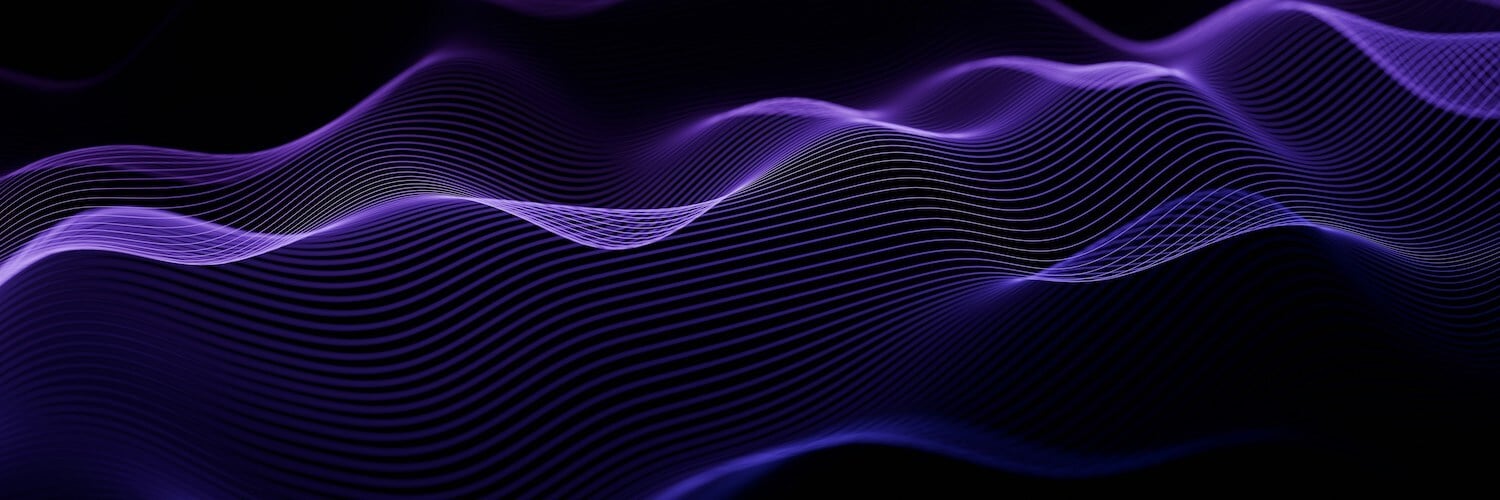
Blog
Why Not All Spectrum Analyzers Are Created Equal: The 7SIGNAL Difference
Spectrum analysis is a critical tool for understanding the RF environment, but the way it’s delivered can make all the difference. While the traditional waterfall view is a standard presentation of spectrum data that most analysts recognize, it’s just one of four ways 7SIGNAL displays spectrum information. Our platform offers line graphs, waterfall diagrams, density graphs, and even 3D visualizations, though the latter sees limited use.
Most spectrum analyzers can identify persistent interference without much trouble, as these signals are constant and predictable. However, the real challenge is detecting non-persistent, random, or periodic interference—those elusive signals that appear unpredictably, often “when nobody’s looking.” This is where 7SIGNAL excels. Our sensors continuously test and sample the spectrum across the 2.4 GHz, 5 GHz, and 6 GHz bands, performing sweeps every 10-20 minutes, 24/7. This persistent monitoring captures fleeting interference events traditional analyzers miss, enabling proactive troubleshooting before users are impacted.
It's important to note that 7SIGNAL specializes in detecting non-Wi-Fi interference. For example, microwaves generate interference sporadically, typically around lunch hours. Bluetooth devices can exhibit either persistent or intermittent interference, while Zigbee networks tend to cause more constant background noise. Recently, we've observed many presence detectors operating on the 5 GHz band—those motion-activated lighting controls that silently degrade Wi-Fi quality.
Another significant advantage of 7SIGNAL is our long-term data storage. While many tools offer only snapshot views, we retain 90 days of historical spectrum data—currently up to three months on some sensors. This historical perspective is invaluable for diagnosing recurring or intermittent issues over time.
Some traditional walk-around analyzers and USB dongles (like those from Ekahau) feature dedicated spectrum chips that offer superior raw measurement quality compared to ours, as we bend Wi-Fi radios to serve a dual purpose. The key limitation for these devices is they require an engineer to be physically present to perform measurements, and they provide only short-term snapshots.
Access Points (APs) that include spectrum analysis capabilities generally use a similar approach—repurposing Wi-Fi radios to scan spectrum, often taking radios offline during measurement. While this provides some level of insight, the quality and depth often fall short of dedicated tools or continuous monitoring solutions like 7SIGNAL’s. Some AP vendors market these features as a reason to forgo third-party solutions, but most users find them insufficient for comprehensive spectrum management.
In summary, while traditional spectrum analyzers provide quality measurements during on-site inspections, 7SIGNAL’s continuous, long-term, multi-dimensional spectrum monitoring uniquely captures the unpredictable interference events that truly impact wireless performance—across the 2.4 GHz, 5 GHz, and 6 GHz bands—giving your network operations teams an unparalleled advantage.
Want to see the waterfall view in action? Schedule a demo and experience the difference for yourself.